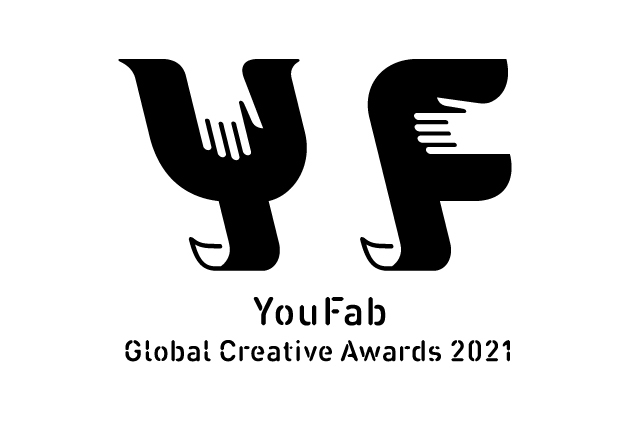-
作品タイトル(日本語)
食べられるファッション
-
作品タイトル(英語)
Edible Fashion
-
制作物のコンセプトを記載してください。
繊維素材やプラスチックなどの身の回りのマテリアルは主に工場などで生産が行われてる。
なぜ、家庭で作ることができないのだろうと疑問があった。
そこで家庭のキッチンで調理可能な食品を使って、食べられるファッションの制作を行った。
使っている食品は近所のスーパーなどで簡単に手に入れることができ、家庭のキッチンで調理可能な食品を使っている。
生地は寒天で、生地の接着にはタピオカを使用した。
工場やラボと違いはキッチンは誰の家にもある場所であり、作り方さえ知っていれば誰でも作ることができる。
処分する場合には、食品を利用しているので食べることができ、廃棄する場合も土に還る。
さらに、将来家庭で誰でも簡単にマテリアルを作ることができるようになれば、3Dプリンターを組み合わせることで、マテリアルを含めて造形物を家庭内でコントロールすることができるようになる。個人で制作をし、家庭内で消耗していく事が可能になる。
そうすることで、化学繊維の海洋問題やファッションの廃棄問題を減らすことができるのではないだろうか。
そして、サスティナブルなものづくりに対して貢献できると考えている。 -
制作物のコンセプトを記載してください。(英語)
Most of the materials we use around us, such as textiles and plastics, are produced in factories.
I wondered why I couldn't make it at home.
Therefore, we created edible fashions using foods that can prepare in a home kitchen.
The foods they use are readily available at local supermarkets and are foods that Who can prepare in the home kitchen.The fabric was made of agar, and tapioca was used to glue the fabric together.
Unlike a factory or a lab, a kitchen is a place in everyone's home, and anyone can make it as long as they know-how.
When disposing of them, what can eat them because they are made from food, and when disposed of, they return to the soil.
In the future, when everyone can easily create materials at home, they will be able to control the materials at home, in combination with 3D printers. It will be possible for individuals to create their products and consume them in their homes.
By doing so, we could reduce the problem of oceans of synthetic fibers and the problem of fashion waste. We also believe that we can contribute to sustainable manufacturing. -
作品の素材・仕様
材料:寒天、タピオカ、水、食用色素
制作場所:キッチン -
作品の素材・仕様(英語)
Materials: agar, tapioca, water, food coloring
Place of creation: kitchen -
作品のリファレンスURL
-
作品の映像URL
https://youtu.be/j51awZ22ZS0
-
公式サイト、もしくはSNSのURL
https://ediblefashion.jp/
-
特別賞のテーマにどう作品が関連しているか説明文を記載
- 253
食べられるファッション
食品を使って食べることができるファッションの制作を行った。


